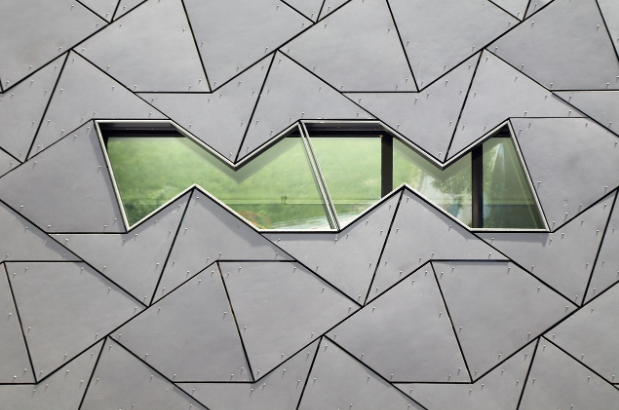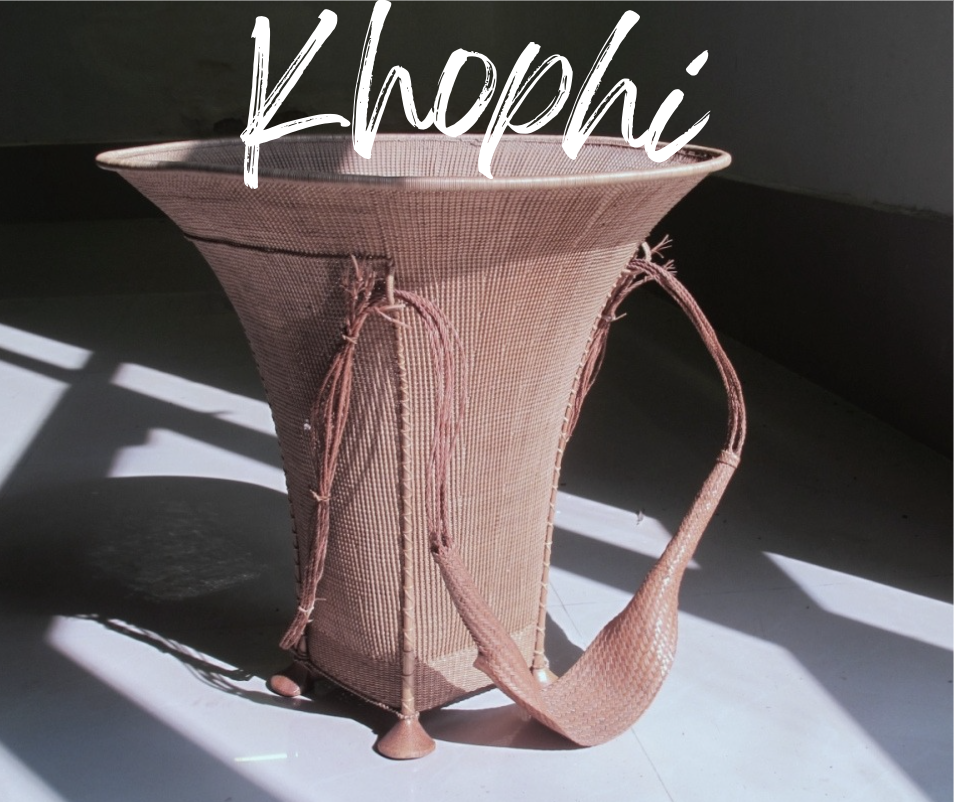Creating A World Without Poverty For Handmade Artisans - Micro-financing
Aug 30, 2022 | Sameer Sharma
 Qualifying for a business loan is no easy feat. You have to provide seemingly endless documentation, and even healthy, well-functioning businesses can be denied. Acquiring finance in the modern business landscape is extremely difficult if you are considered a high-risk borrower.
Qualifying for a business loan is no easy feat. You have to provide seemingly endless documentation, and even healthy, well-functioning businesses can be denied. Acquiring finance in the modern business landscape is extremely difficult if you are considered a high-risk borrower. Businesses in extremely poor areas or the developing world are often the most affected by this challenge. It can be difficult for people from these areas to start their own businesses, and they may not have access to traditional banking options in their area or even country.
That’s where microfinancing comes in.
Micro-Finance refers to the financial services provided to low-income individuals or groups who are typically excluded from traditional banking. The focus of micro-finance is to facilitate the shift to initiate the developments from below. This type of loan helps aspiring entrepreneurs generate income, build assets, manage risks and meet their household needs.
“The end goal of microfinance is to have its users outgrow these smaller loans and become ready for a traditional bank loan,” said Yuliya Tara Sava, co-founder and COO of C-Note.
Emergence in the 1980’s
Modern microfinance was pioneered by Bangladeshi social entrepreneur Muhammad Yunis in 1983 following which he established Grameen Bank to provide small loans to entrepreneurs. This inspired the first global Microcredit Summit Campaign, helping microcredit reach global scale.
Where can I get Micro-Financing??
MFIs are financial companies that provide small loans to people who do not have any access to banking facilities. The different types of institutions that offer microfinance include Credit unions, NGOs & Commercial banks.
When you speak to lenders and are granted a small loan, you can also expect assistance in setting up and maintaining a savings account. A good lender will equip you with the tools to pay back the loan.
This specialized financing is available through small non-profit organizations as well as larger banks. Popular microfinancing institutions include Accion, GE Consumer Finance, Citi Inclusive Finance, Kiva and BRAC.
Famous examples in India are Sadhana and Bandhan.
SADHANA
Loan Outstanding Deposits Active Client Total Staff Branches
5330267174 1191817095 93812 400 93
Micro Financing: A ray of hope for small artisans
Credit to Rural Poor
It has been successful in taking institutionalized credit to the doorstep. Microfinance enables the poor and excluded section of people in the society who do not have an access to formal banking to build assets, diversity livelihood options and increase income, and reduce their vulnerability to economic stress. Microfinance covers a broad range of financial services including loans, deposits and payment services and insurance to the poor and low-income households and their micro enterprises. Microfinance institutions have shown a significant contribution towards the poor in rural, semi urban or urban areas for enabling them to raise their income level and living standards in various countries.
Poverty Alleviation
It is the provision of small loans to the impoverished to help those who otherwise do not have access to traditional banking services to engage in or establish an income-generating activity. Microfinance has been a renowned initiative for poverty reduction as well as economic and social development for over 30 years.
Mobilization of Savings
Microfinance also develops saving habits among people. Over the last decade, microfinance institutions (MFIs) have found that poor households are interested in a variety of savings services and products. Deposit services allow low-income households to save for large expenses like dowries or school fees, accumulate funds for future investment such as purchasing a cow, or prepare for periods such as the rainy season when they may have little or no income. Access to savings services can protect low-income households by making them less vulnerable and giving them the opportunity for a positive real return.
Prominent Microfinance Delivery Models
Associations Model
The target community forms an 'association' through which various microfinance (and other) activities are initiated. Such activities may include savings. These associations or groups can form youth, women. It is also formed around political/religious/cultural issues. It can create support for microenterprises and other work-based issues.
According to NABARD, Self Help Group-Bank Linkage Programme is the world’s largest microfinance program in the world.
Bank Guarantees Model
A Bank guarantee is used to obtain a loan from a commercial bank. This guarantee may be arranged externally through donor/donation, government agency, etc. or internally (using member savings). The loans obtained may be given to an individual or they may be given to the self-formed group. It is a form of capital guarantee scheme. Guaranteed funds may be used for various purposes, including loan recovery and insurance claims. The guaranteed funds can be used for various purposes such as loan recovery or insurance claims.
Bellwether Microfinance Funds (India) is one such example.
Community Banking Model
In India, community banking looks very different. Self Help Groups (SHG) are often instituted in which members of the local community join together and pool capital resources for lending to members. They value transparency in their practices and utilizing their savings for their purposes of lending.
A successful example is the Royal Bank of Scotland (RBS) Foundation India, which has various micro financing programs to help the poorest communities across India.
Cooperatives Model
A co-operative is an autonomous association of persons united voluntarily to meet their common economic, social, and cultural needs and aspirations through a jointly-owned and democratically-owned enterprise. The members are the shareholders and have their share in equity capital. They also share the profit.
Co-operative Development Forum Hyderabad is a successful example of this model. It has built a network of women's thrift groups and men's thrift groups.
Credit Unions Model
This model is based on a member-driven credit union, a self-help financial institution. A union of members is formed. These members form the common community. They agree to save together and give loans to each other at a nominal rate of interest. A credit union's membership is open to all who belong to the group, regardless of race, religion, colour, or creed.
The members are people of some common bond:
Working for the same employer
Belonging to the same church
Living/working in the same community
NGO Model
NGOs are one of the key players in the field of micro-financing. They help the cause of micro-financing by playing the intermediary in multiple dimensions. Non-governmental Organizations (NGOs) played a vital role in rural reconstruction, agricultural development, and rural development even during a pre-independent era in our country. NGOs became a supplementary agency for the developmental activities of the government and in some cases, they became alternatives to the government.
Non-governmental Organizations are committed to the upliftment of poor, marginalized, underprivileged, impoverished, and downtrodden and they are close and accessible to their target groups.
ROSCA Model or Chit Funds
Rotating Savings and Credit Associations or ROSCAs, are essentially a group of individuals who come together and make regular cyclical contributions to a common fund, which is then given as a lump sum to one member in each cycle. At the end of a cycle, the total fund collected goes to any one member. Rotating Savings and Credit Associations are a means to save and borrow simultaneously. There are lakhs of ROSCA functioning in India today.
Village Based Model
It is closely related to the community banking and the Group model; this is the community-based saving and credit model. A group of 25-50 people gets together to enhance their income through self-employment activities. They get their first loan from the implementing agency, which helps them from the community credit enterprise.
Small Business Model
This model places a big responsibility on small and medium enterprises. This has been changing, as more and more importance is placed on small and medium enterprises (SMEs) - for generating employment, for increasing income, and providing services that are lacking.
Individual Banking Model
This is a straight forward credit lending model where microloans are given directly to the borrower. The individual banking model is a shift from the group-based model. The MFI gives loans to an individual based on his or her creditworthiness. It also assists in skill development and outreach programs. Co-operative banks, Commercial banks, and Regional Rural Banks mostly adopt this model to give loans to the farming and non-farming unorganized sector.
Self-employment Women’s Association(SEWA) in India’s one such example to have adopted this model. The members own and govern the group.
Grameen Banking Model
It promotes credit as a human right and is based on the premise that the skills of the poor are underutilized. The Grameen Bank (GB) is based on the voluntary formation of slight groups of five people to provide mutual, morally necessary group guarantees instead of the collateral required by conventional banks.
The whole centre is jointly responsible for the repayment. The Grameen Model is being followed by Sarv Seva Abhiyan (ASSEFA), Activities for Social Alternatives.
SUGGESTIONS
Need for composite financial services
Transparency of interest rates
Simplification of procedures
Better staffing policies and doorstep banking
Managing Micro-Default
References
Karnani, A. (2007). Microfinance Misses Its Mark. Stanford Social Innovation Review, 5(3), 34–40. https://doi.org/10.48558/YS7P-NP89
Dimble, V., & Mobarak, A.M. (2019). Saving microfinance through innovative lending. IGC Growth Brief Series 017. London: International Growth Centre.
Banerjee, A., Duflo, E., Glennerster, R., & Kinnan, C. (2015). The Miracle of Microfinance? Evidence from a Randomized Evaluation. American Economic Journal: Applied Economics, 7(1), 22–53. http://www.jstor.org/stable/43189512
Mueni Maina Kiiru, J. (2007). Microfinance: Getting Money To the Poor or Making Money Out Of the Poor?. Finance & Bien Commun, 27, 64-73. https://doi.org/10.3917/fbc.027.0064
Cull, Robert; Morduch, Jonathan. 2017. Microfinance and Economic Development. Policy Research Working Paper; No. 8252. World Bank, Washington, DC. © World Bank. https://openknowledge.worldbank.org/handle/10986/28913 License: CC BY 3.0 IGO.
Recommended








